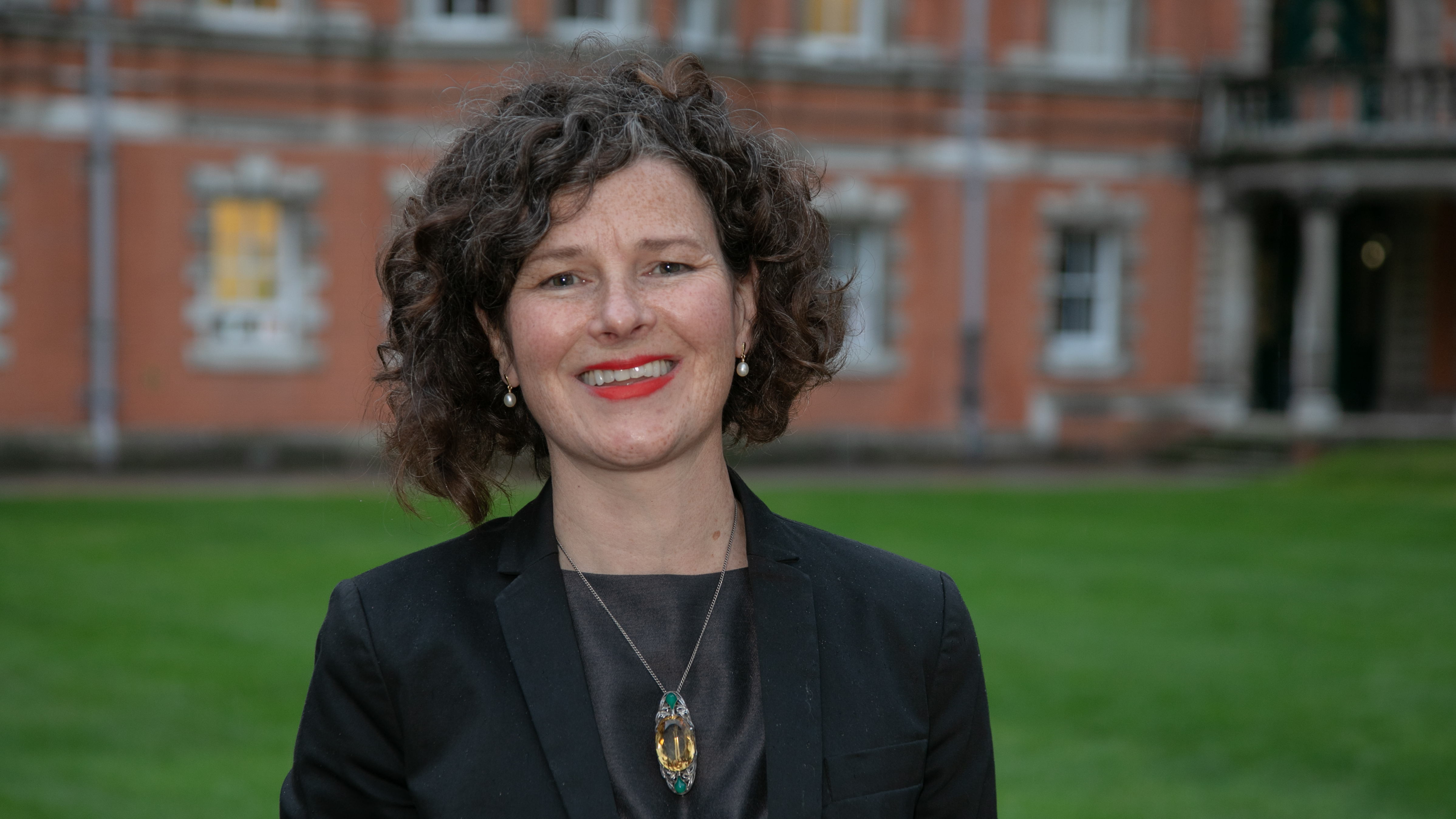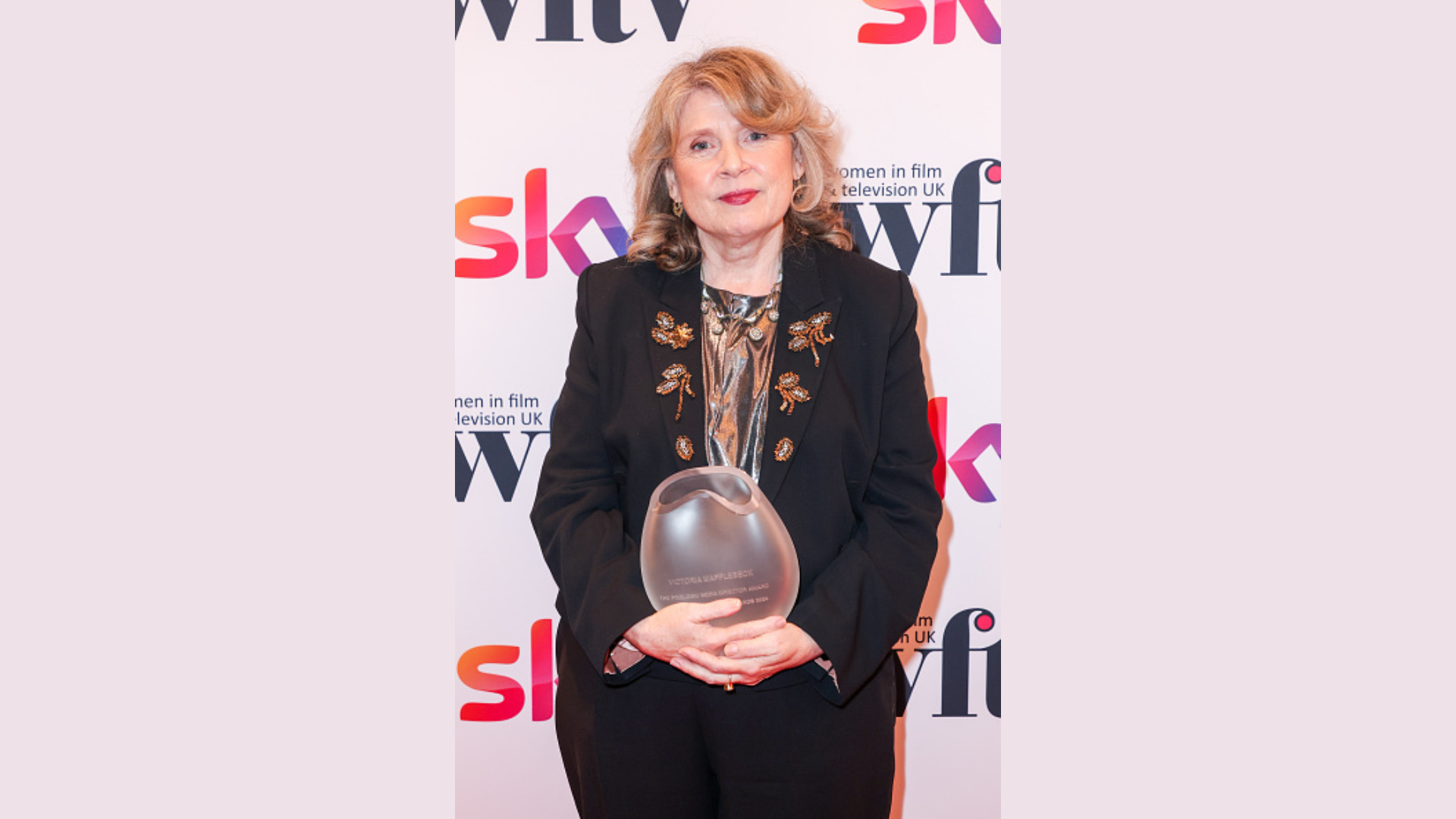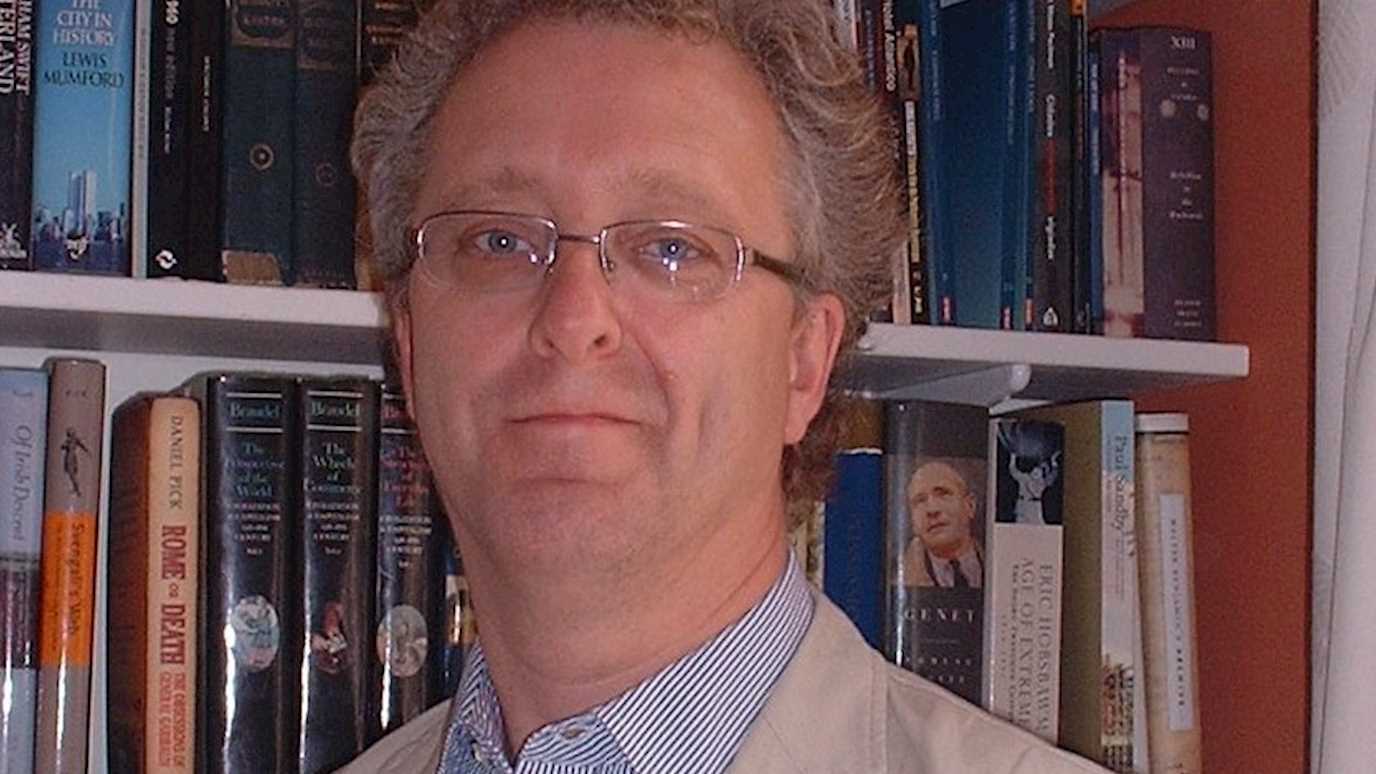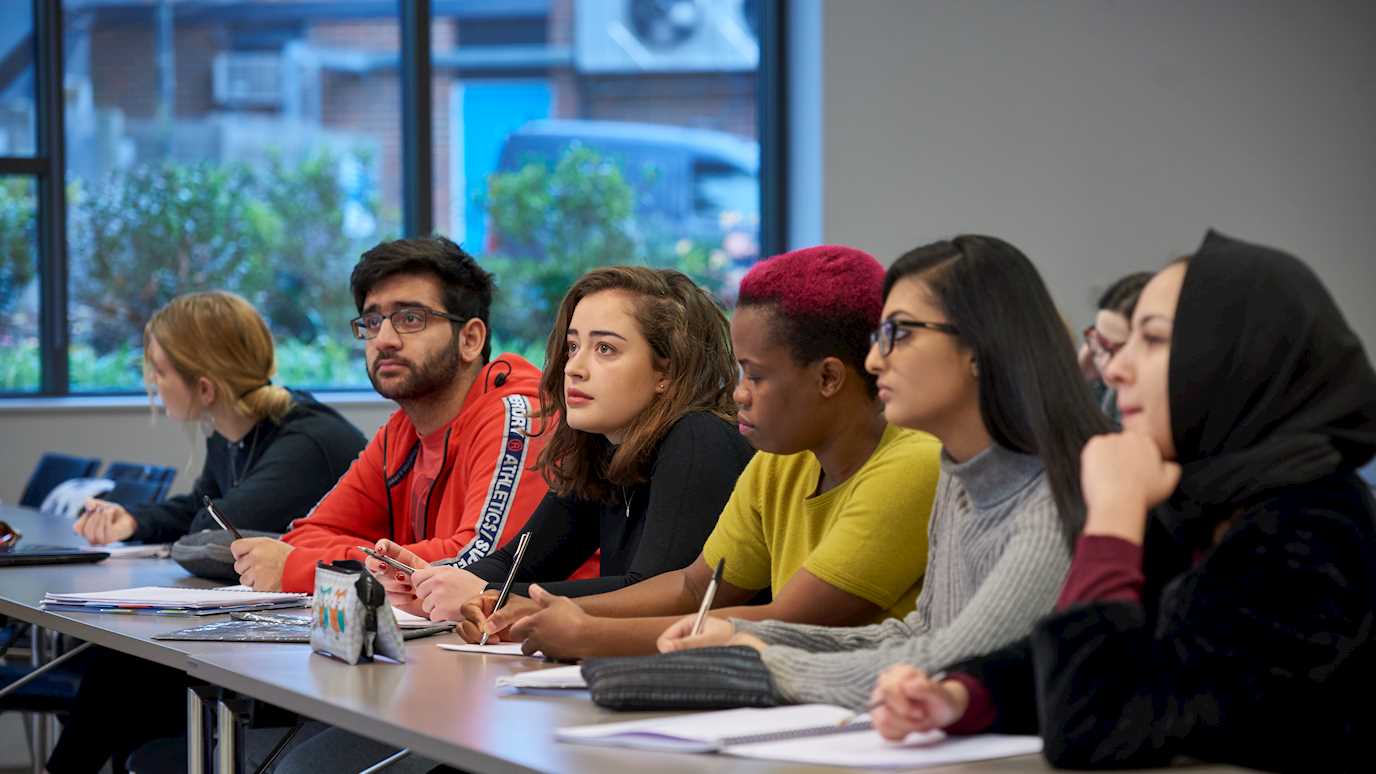New research by T2K, an international collaboration of 60 universities, including Royal Holloway and eight other UK institutions, reveals the first real record of the difference between matter and antimatter.
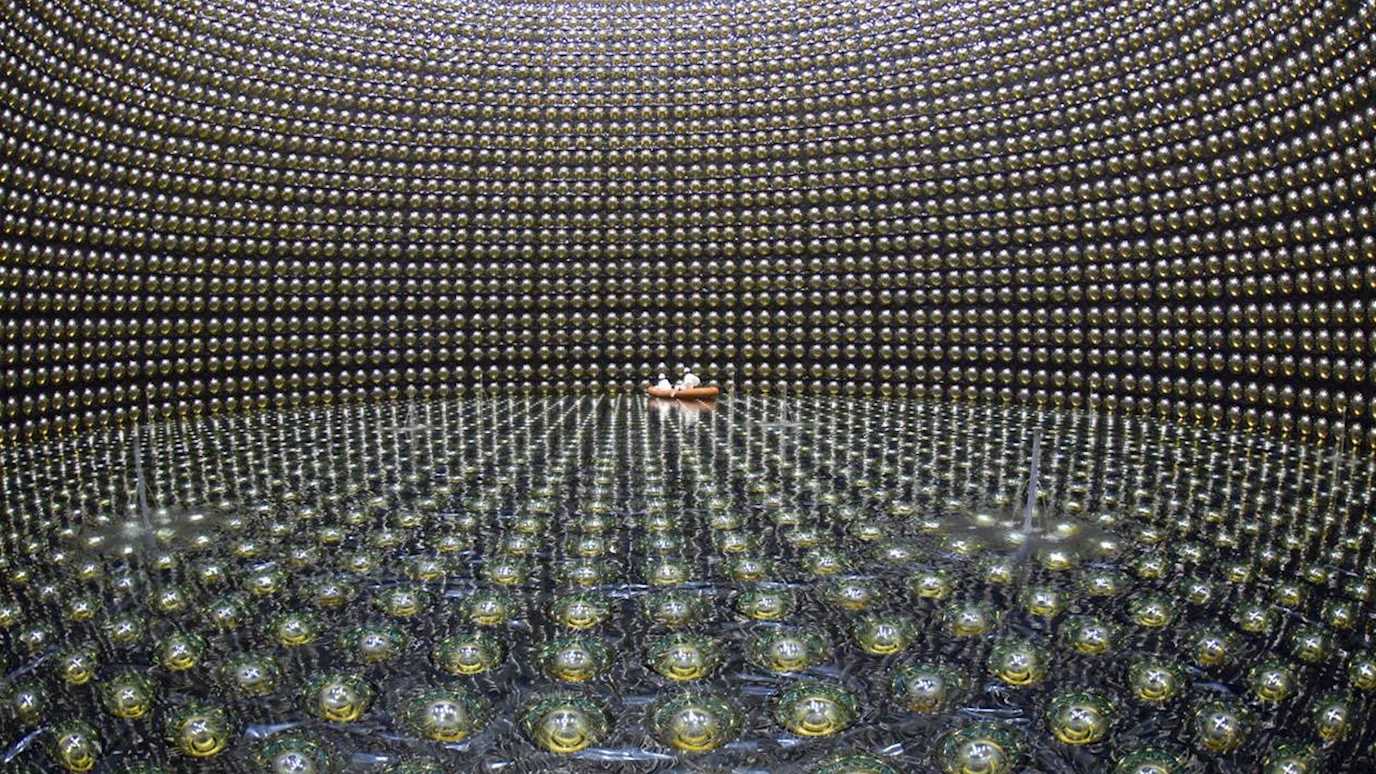
T2K detector
A fundamental question about the formation of the Universe is how there came to be more matter present than antimatter. It is thought that this disparity is related to a violation of fundamental physics. The laws of physics are essentially symmetrical — what holds true for matter particles in our universe should also be true for antimatter particles in a mirror universe. But this is not always the case, and it has been shown that quarks do not behave in quite the same way as their mirror-image antiquarks. Such symmetry violation — known as charge-conjugation and parity reversal (CP) violation — has not yet been demonstrated for leptons, the class of fundamental particle that includes electrons, muons and neutrinos.
T2K is a global experiment that has been investigating neutrinos; a tiny and very light fundamental particle which help to make up our universe. Every second around 50 billion neutrinos from the Sun arrive on Earth, and pass through our bodies.
The study, published in Nature on 15 April 2020, shows measurements on discrepancies between matter and antimatter, with a 99.7% confidence level, leading to an indication of Charge conjugation and Parity reversal (CP) violation at 95% confidence level. CP is violated if there is a difference between the symmetry of matter and antimatter.
Researchers used the Super-Kamiokande detector, based at Kamioka Observatory, Institute for Cosmic Ray Research, University of Tokyo, to capture neutrinos emitted 295 kilometres away at the J-PARC accelerator complex in Tokai, Japan. They collected the data in Spring 2019, which demonstrates substantial indications that the components is different for neutrinos and their antimatter counterparts. They found that the probability for a muon neutrino to become an electron neutrino seems to be different from that of a muon antineutrino to become an electron antineutrino, thereby providing an indication of CP violation in leptons. If confirmed by more precise measurements in the future, could help point the way to an explanation of how excess matter was formed in our universe.
Dr Asher Kaboth from the Department of Physics at Royal Holloway, and lead collaborator on the research, said: “The most exciting aspect of this development is the unprecedented precision we can now have in this measurement. We’re moving from some interesting hints to real statistical power. We’re continuing to take data and we hope that we will continue to seek out this fascinating and incredible effect.
“It excites me because we’re studying these tiny particles and they have such a huge conclusions for the history of the universe.”










